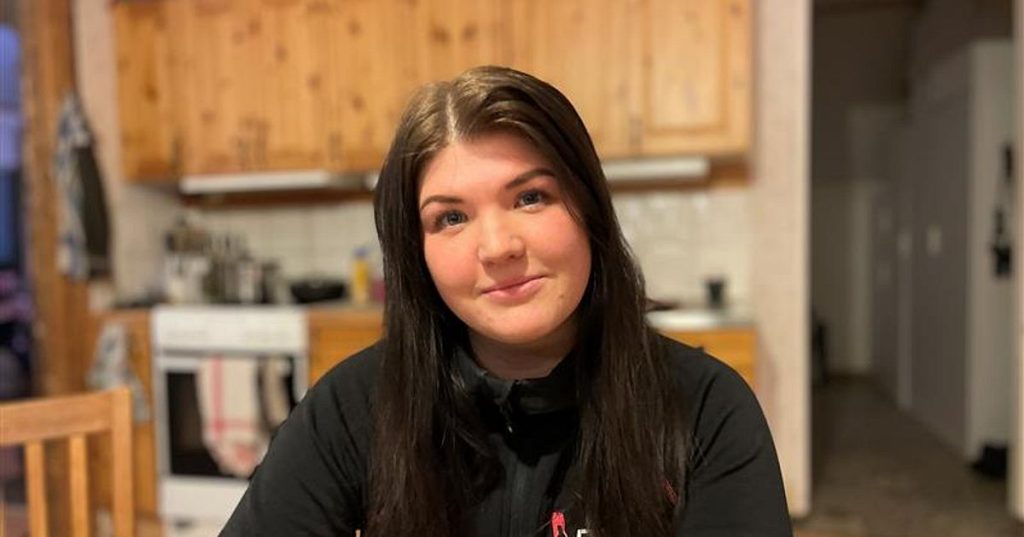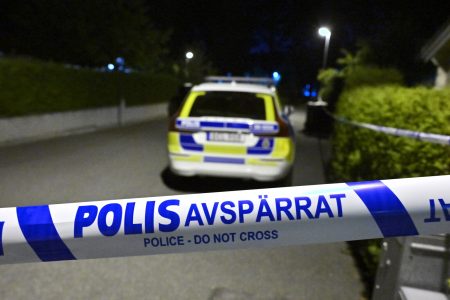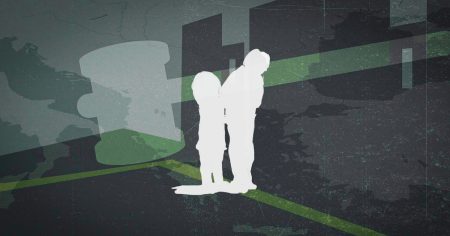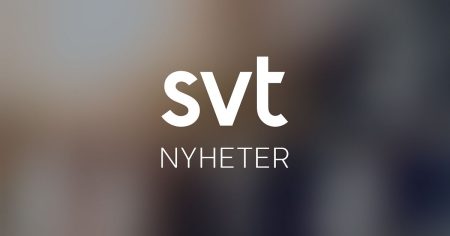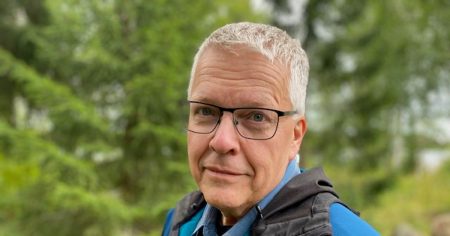Emma Mattsdal, driven by a newfound passion for dialects ignited by her late grandfather’s extensive lexicon of Storuman and Västerbotten dialect words, embarked on a journey to explore and share the rich linguistic tapestry of Norrland. Her grandfather’s meticulous work, a treasure trove of local expressions, sparked a curiosity in Emma, leading her to uncover a world of unfamiliar terms, recognize familiar ones in a new light, and realize that words she had always considered standard Swedish were, in fact, unique to her region. This discovery fueled a desire to not only understand but also preserve these linguistic gems.
Harnessing the power of social media, Emma began posting videos where she challenged her followers to decipher the meaning of various Norrland dialect words. Her engaging approach resonated with a wide audience, sparking a wave of appreciation and nostalgia. For many of her followers, particularly those who had lived in Västerbotten decades ago, hearing Emma’s Västerbotten dialect evoked powerful memories, transporting them back to a familiar time and place. The videos became a platform for connection, rekindling memories and fostering a shared appreciation for the nuances of language.
For Emma, the distinction between counties (län) and historical provinces (landskap) is crucial in understanding and preserving the cultural heritage embedded within dialects. She argues against the common practice of lumping all northern Swedish counties together as a monolithic ”Norrland,” emphasizing that such generalizations erase the unique linguistic and cultural characteristics of individual regions. This homogenization, she believes, represents a loss of history and a threat to the continued evolution of these diverse dialects. Instead, Emma champions the preservation of each distinct dialect, ensuring the survival of these linguistic treasures for future generations.
Emma’s commitment to showcasing the variety within Norrland’s dialects stems from her conviction that there is no singular ”Norrländska” dialect. She recognizes the significant variations in vocabulary and pronunciation that exist not only between counties but also between municipalities and even individual towns. This rich tapestry of linguistic diversity, she argues, is what makes Norrland’s linguistic landscape so fascinating and worthy of preservation. By highlighting the individuality of each dialect, Emma strives to counteract the homogenizing forces that threaten to flatten the linguistic landscape.
Susanne Haugen, a lecturer in Nordic languages at Umeå University, offers a nuanced perspective on the complexities of Norrland’s dialect landscape. While acknowledging Norrland as a geographically defined language area, Haugen cautions against classifying it as a single, unified dialect. She explains that although common features can be identified across the region, these similarities create a broad dialect area rather than a singular dialect. Haugen emphasizes the significant variations that exist within Norrland, highlighting the importance of recognizing the diversity within this vast geographical area.
Haugen further reinforces Emma’s point about the diversity within the region, asserting that certain words and expressions are not universally used throughout Norrland. The linguistic variations, she explains, depend heavily on the specific location within Norrland, creating a mosaic of dialects rather than a single, homogenous entity. Ultimately, Haugen concludes that the differences between dialects within Norrland outweigh the similarities, underscoring the importance of recognizing and appreciating the rich tapestry of linguistic diversity that characterizes this northern region of Sweden. This reinforces Emma’s mission to preserve the individual dialects and counteract the oversimplification of Norrland’s linguistic landscape.





